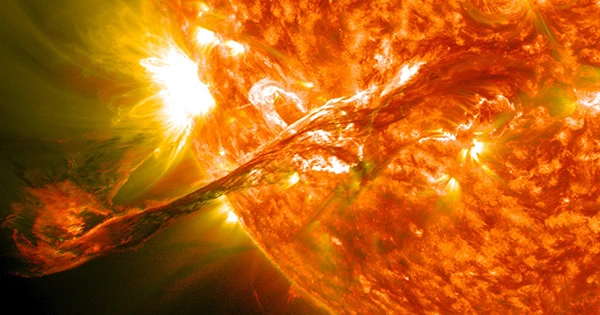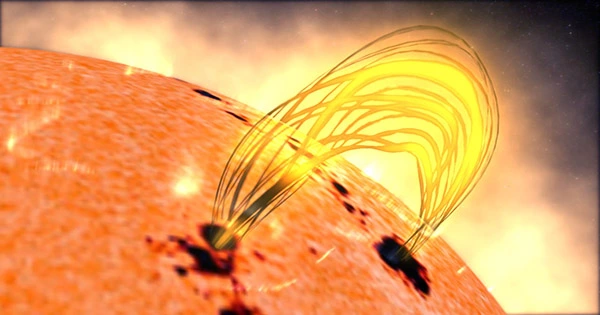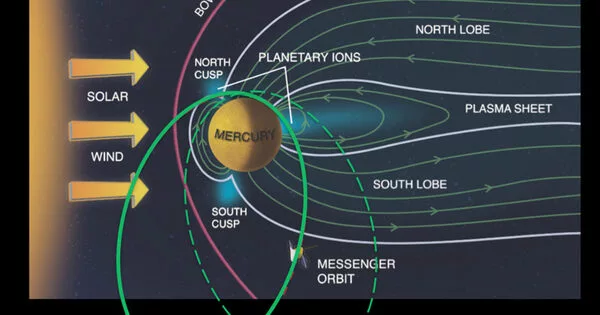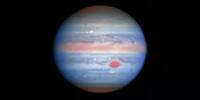A sunspot four times the size of the Earth is currently moving across the Sun. The spot is so enormous that you may see it without a telescope, albeit you should wear protective gear.
You should be able to see Sunspot AR3310 with solar viewing glasses, the cool disposable specs you foolishly tossed away after the previous eclipse. Sunspots are darkened patches of the Sun caused by a slightly lower temperature.
“Sunspots are areas on the Sun where the magnetic field is about 2,500 times stronger than Earth’s, much higher than anywhere else on the Sun,” notes the National Weather Service. “Because of the strong magnetic field, the magnetic pressure rises while the atmospheric pressure falls.”
This, in turn, reduces the temperature relative to its surroundings because the concentrated magnetic field prevents hot, fresh gas from the Sun’s interior from reaching the surface.

The sun’s activity rises and falls in an 11-year cycle known as the Schwabe cycle. Heinrich Schwabe, a German amateur astronomer, watched the Sun from 1826 to 1843 and discovered that it spins on its axis once every 27 days. He noticed the Sun going from peaceful periods with no sunspots to the maximum phase with 20 or more groups of sunspots visible.
The Sun’s activity is currently growing, with NASA predicting that the next solar maximum will occur around July 2025. Another team, though, claims they have a better prognosis based on magnetic donuts that occur at 55 degrees latitude on both sides of the Sun. These forms move to the equator, where they collide and cancel each other out, forming what the team calls a Hale cycle terminator.
This terminator event can occur up to two years after the minimum, and the team hoped that by focusing on these events, they could make better forecasts about the solar cycles.
“If you measure how long a cycle is, not from minimum to minimum, but from terminator to terminator, you can see that there is a strong linear relationship between how long one cycle is and how strong the next one is going to be,” NASA research scientist Robert Leamon told Space.com.
They anticipate that the next solar maximum will occur a year early, in mid-2024, using this method. However, you do not have to wait so long to witness a spectacular sunspot.
















